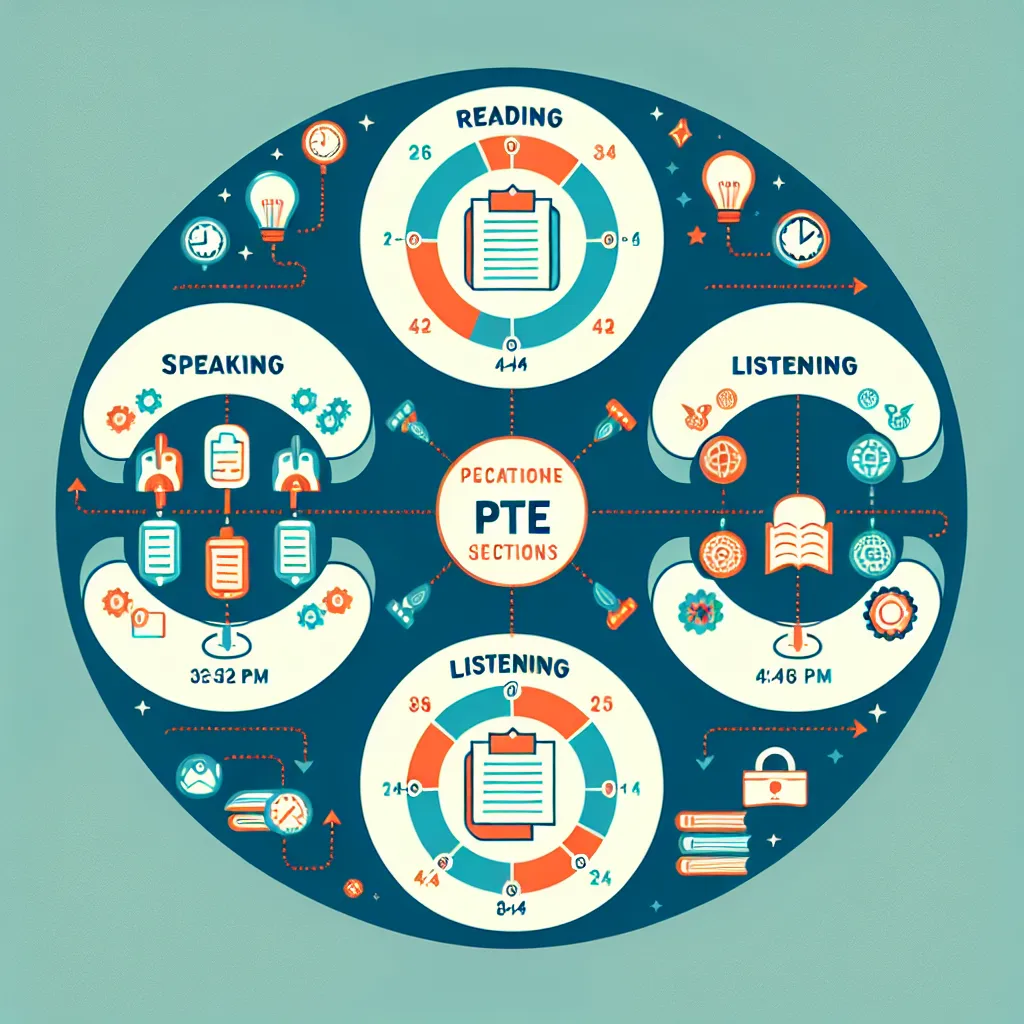As an experienced PTE instructor and content creator at LearnEnglish.NET, I’m often asked about the use of idioms in the PTE Writing test. This is an important question, as many test-takers wonder whether incorporating idiomatic expressions can enhance their writing or potentially harm their scores. Let’s dive deep into this topic and explore the nuances of using idioms in the PTE Writing section.
Understanding Idioms in PTE Writing
Idioms are phrases or expressions that have a figurative meaning different from their literal interpretation. For example, “it’s raining cats and dogs” doesn’t literally mean animals are falling from the sky; it’s an idiomatic way of saying it’s raining heavily.
The Role of Idioms in Academic Writing
Before we discuss the use of idioms in the PTE Writing test, it’s crucial to understand the nature of academic writing, which is what the PTE exam primarily assesses.
- Academic writing typically favors clear, straightforward language.
- The focus is on conveying information and arguments precisely.
- Formal language is preferred over colloquial expressions.
 PTE Writing Test
PTE Writing Test
Can You Use Idioms in PTE Writing?
The short answer is: yes, but with caution. Here’s a more detailed explanation:
When Idioms Are Acceptable
- Relevant and Well-Placed: If an idiom fits naturally within your writing and enhances your point, it can be appropriate.
- Sparingly Used: One or two well-chosen idioms in an essay can demonstrate language proficiency.
- Clearly Understood: The idiom should be common enough that it doesn’t require explanation.
When to Avoid Idioms
- Overuse: Stuffing your essay with idioms can make it seem informal or forced.
- Obscure Expressions: Avoid using idioms that are not widely known or may be culturally specific.
- Inappropriate Context: Some idioms may be too casual for academic writing.
Tips for Using Idioms in PTE Writing
If you decide to incorporate idioms into your PTE Writing responses, consider these guidelines:
- Relevance: Ensure the idiom is relevant to your topic and adds value to your argument.
- Appropriateness: Choose idioms that are suitable for formal or semi-formal writing.
- Accuracy: Use the idiom correctly and in the right context.
- Balance: Don’t rely on idioms to make your point; use them to enhance your writing.
Examples of Appropriate Idioms for PTE Writing
Here are some idioms that could potentially be used in PTE Writing tasks:
- “To shed light on” (to clarify or explain something)
- “To tip the scales” (to cause a change in a situation)
- “A double-edged sword” (something that has both positive and negative effects)
- “To bridge the gap” (to connect two different things)
 Idioms in Writing
Idioms in Writing
Common Mistakes to Avoid
When using idioms in the PTE Writing test, be wary of these common pitfalls:
- Misusing Idioms: Incorrectly using an idiom can significantly impact your score.
- Forcing Idioms: Don’t try to fit idioms where they don’t belong naturally.
- Overreliance: Your writing should showcase your own ideas, not just your knowledge of English phrases.
- Cultural Insensitivity: Some idioms may have cultural connotations that are not universally understood.
PTE Writing Scoring Considerations
Understanding how the PTE Writing section is scored can help you make informed decisions about using idioms:
- Content: Does the idiom contribute to your argument or explanation?
- Form: Is the idiom used grammatically correctly?
- Vocabulary: Does the idiom demonstrate a range of language use without overshadowing your own vocabulary?
- Coherence: Does the idiom fit seamlessly into your writing, or does it disrupt the flow?
Practice and Preparation
To effectively use idioms in your PTE Writing:
- Study Common Idioms: Familiarize yourself with idioms that are often used in academic or formal contexts.
- Practice Integration: Try incorporating idioms into your practice essays and get feedback.
- Read Widely: Exposure to various writing styles will help you understand when and how idioms are used effectively.
- Mock Tests: Use PTE practice tests to gauge how well you’re using idioms under exam conditions.
Conclusion
In conclusion, while it is okay to use idioms in the PTE Writing test, it should be done judiciously. The key is to strike a balance between demonstrating your language proficiency and maintaining the academic tone required for the exam. Remember, the primary goal is to communicate your ideas clearly and effectively. Idioms can be a useful tool in your writing arsenal, but they should complement, not overshadow, your own thoughts and arguments.
As you prepare for your PTE exam, focus on developing a strong foundation in academic writing skills. If you choose to use idioms, ensure they are appropriate, well-placed, and enhance your writing rather than detract from it. With practice and careful consideration, you can effectively incorporate idiomatic expressions to showcase your language abilities in the PTE Writing test.




